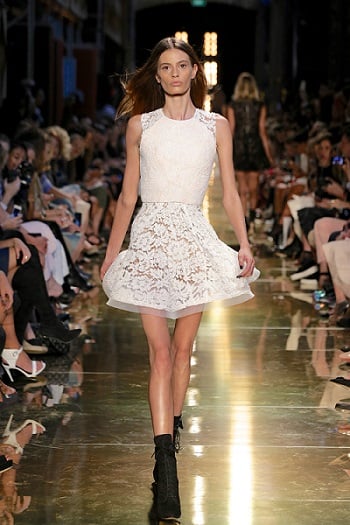
Props to Alex Perry for going on The Today Show this morning and admitting he was wrong to cast a severely underweight model in his show earlier this week. The model was Cassi Van Den Dungen:

In a candid and commendably honest interview, Alex told Karl Stefanovic and Lisa Wilkinson that he’d had “a lapse of judgement” and that the footage made him cringe when he watched it back. When pushed about the fact that it wasn’t just Cassi but many of the models in his and other shows who were drastically underweight, Alex pointed out that it was an industry-wide problem.








Top Comments
We have heard it all before from the Fashion Industry the fact is there is too much money to care about doing any proactive good - they will only make changes when the profit margin is affected.
Get your act together Mr. You Know perfectly well what your responsibilities are within this industry. Despite those very trendy looking sunglasses you promote on TV. A damn good slap around the head might just make all the difference on the model's
cat walk in the future.